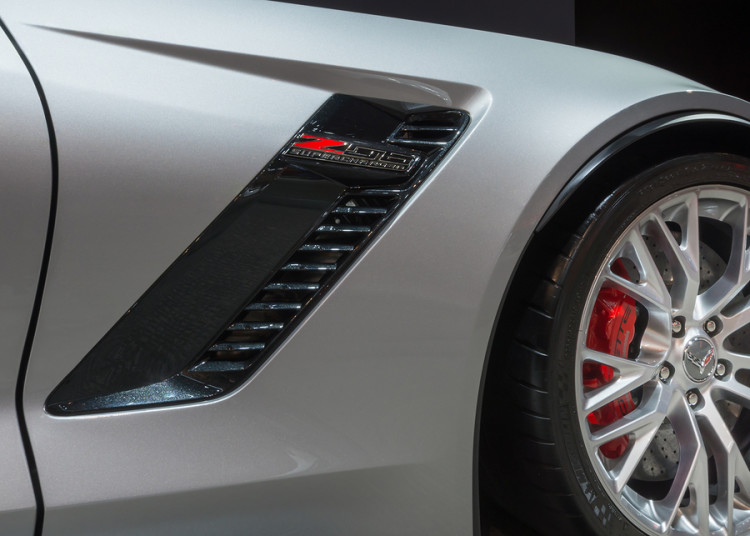Futuristic Cars Are Great, Just Make Sure to Be Back by Five

©2015 Bloomberg News
NWUTDD6K50YD
(Bloomberg) — Hiroshi Matsushita brims with pride about the staring and pointing that goes along with driving his dream car, Toyota’s hydrogen-powered Mirai fuel cell sedan. There’s just one problem: his new set of wheels came with a curfew.
The construction of hydrogen refueling stations is behind schedule around the world, hampering efforts by automakers to convince consumers to trade their gasoline-burning cars for autos that emit water vapor. That’s true even in Japan, where Toyota Motor Corp. and Prime Minister Shinzo Abe aspire to form a “hydrogen society.” The shortage of places to refuel is so severe Matsushita has to plan trips around the 9-to-5 opening hours for the station near his home in Tokyo.
“This is the challenge the first buyers have to get over,” said Matsushita, 63, a motoring writer and member of the committee that decides on Japan’s annual car of the year. “I am really careful about my schedule.”
Matsushita’s experience adds a dose of reality to the benefits that Japan’s biggest automakers will promote this week at the Tokyo Motor Show, where fuel cell vehicles take center stage. As Toyota showcases a concept called FCV Plus that uses hydrogen to power both car and home, Honda Motor Co. will introduce a longer-range fuel cell vehicle model due to begin challenging Mirai for buyers early next year.
Abe is backing up his push for a hydrogen society through deregulation, allowing Toyota to self-inspect its high-pressure hydrogen tanks and working on measures that would allow for self-service fueling stations. Filling up works much like fueling a gasoline car — insert a nozzle, squeeze the latch and wait about 3 minutes for about 650 kilometers of driving range.
The central government offers Mirai buyers subsidies of 2 million yen, covering about one-fourth the cost of the car. Japan’s support for fuel cell vehicles exceeds the incentives that China, the U.S. and other governments around the world are offering electric-car buyers.
Even so, Japan missed its target to have about 100 hydrogen stations operating by March. Only 81 have opened, in part due to the high costs of building them. Just two stations were open for retail use as of early this month in all of California, the lone U.S. state where Toyota is initially selling the Mirai. Germany and the U.K. also are behind schedule.
“The problem of hydrogen refueling is probably the biggest barrier facing the industry,” said Claire Curry, New York-based analyst with Bloomberg New Energy Finance. “The very small numbers of fuel-cell vehicles expected to roll out up to 2020 mean that the stations will have no chance to turn a profit.”
As a result of the infrastructure delay, fuel cell cars will remain a rare sight on roads in the next few years. Japan is projected to have 4,200 hydrogen cars on roads by the beginning of 2018, compared with 2,300 in the U.S., 1,200 in Europe and 700 in South Korea, according to Bloomberg New Energy Finance estimates.
Each hydrogen station costs at least 400 million yen ($3.3 million), according to Japan’s government, which has said it will subsidize half the expense for the first 100 stations and bear some of the operational costs. Toyota, Honda and Nissan Motor Co. will shoulder about one third of the running costs by 2020, capping annual support to 11 million yen per station.
In California, an overwhelming majority of hydrogen refueling stations are being built at existing retail gas stations. One challenge has been convincing site owners who’ve bet before on other alternative fuels, such as compressed natural gas, only to pull the plug after seeing too few cars drive up to make the business viable.
“They’re a bit jaded by some previous experiences,” Joe Gagliano, an official with the California Fuel Cell Partnership, said this month on a webinar the advocacy group hosted on the progress of the state’s stations.
Matsushita, the Mirai owner, has put about 6,000 kilometers (3700 miles) on his car since taking delivery in May, and despite the inconvenience of topping up, has never run out of fuel. He also bought one of the first Prius hybrids shortly after Toyota introduced the car in 1997.
“I have to rack my brains every day to figure out how to be back at the hydrogen station in time,” said Matsushita. “With the Mirai, you not only need to know how to drive, you also have to be organized. ”
Putting the curfew aside, he compares the Mirai’s driving performance with premium vehicles like the BMW he owned before.
“When you love somebody, you don’t mind being restrained.”
–With assistance from Craig Trudell in Tokyo.
To contact the reporters on this story: Yuki Hagiwara in Tokyo at yhagiwara1@bloomberg.net; Ma Jie in Tokyo at jma124@bloomberg.net To contact the editors responsible for this story: Chua Kong Ho at kchua6@bloomberg.net Craig Trudell





No Comment